Introduction to Homemade Baby Food Preparation
Making baby food at home empowers parents to provide fresh, nutrient-rich, and additive-free meals tailored to a child’s developmental stage. This guide is designed to help you safely and effectively create homemade baby food that supports healthy growth.
When to Start Solid Foods: Developmental Readiness
Introducing solid foods typically begins between 4 to 6 months, depending on signs of readiness:
- Ability to sit with minimal support
- Good head and neck control
- Interest in food and the ability to open mouth when offered
- Loss of the tongue-thrust reflex
Always consult with your pediatrician to confirm the optimal time for your baby.
First Foods to Introduce: Safe and Nutritious Starters
Start with single-ingredient, soft-textured foods, served without seasoning. Choose options rich in iron, vitamin C, and fiber.
Ideal First Foods:
- Fruits: Banana, avocado, pear, apple, mango, papaya
- Vegetables: Carrot, sweet potato, butternut squash, peas, spinach (cooked)
- Grains: Iron-fortified infant oatmeal or rice cereal
- Proteins: Cooked lentils, puréed chicken, turkey, or well-cooked egg yolk
Introduce one new food every 3 to 5 days to observe for allergic reactions such as rash, vomiting, or diarrhea.
Preparation Methods: Maximize Safety and Nutrient Retention
Essential Sanitary Practices
- Wash hands thoroughly before handling any food.
- Sanitize cutting boards, knives, blenders, and utensils.
- Scrub produce under running water. Peel and deseed when necessary.
Cooking Techniques
Use gentle cooking methods to preserve nutrients:
- Steaming: Ideal for softening vegetables while retaining vitamins.
- Microwaving with water: Efficient and preserves minerals.
- Baking: Enhances sweetness naturally (e.g., baked apple or squash).
- Boiling: Use minimal water; retain cooking water to thin purées.
Puréeing and Mashing
- Use a blender, food processor, or immersion blender.
- For soft fruits, hand mashing with a fork is often sufficient.
- Thin the purée with breast milk, formula, or cooking water.
🔥 Safe Cooking Temperatures for Baby Food
| Food Type | Minimum Internal Temperature |
|---|---|
| Poultry | 165°F (74°C) |
| Ground meats | 160°F (71°C) |
| Eggs | 160°F (71°C) |
| Fish | 145°F (63°C) |
| Whole cuts beef/pork | 145°F (63°C) |
Use a food thermometer to ensure safety.
Storage Guidelines for Homemade Baby Food
Refrigeration
- Store in airtight containers.
- Use within 48 hours.
- Label containers with preparation date.
Freezing
- Freeze in ice cube trays or silicone baby food molds.
- Once frozen, transfer to labeled freezer bags or airtight containers.
- Use within 2 months for optimal quality.
Thawing and Reheating
- Thaw overnight in the refrigerator or use a bowl of warm water.
- Reheat to lukewarm; stir and test temperature before feeding.
- Never refreeze thawed food or reuse leftovers from baby’s spoon.
Flavor Training: Expand the Infant Palate
Expose babies to a broad spectrum of natural flavors early. Homemade food allows inclusion of:
- Earthy vegetables: Beets, turnips
- Bold greens: Kale, Swiss chard
- Tropical fruits: Guava, kiwi, passionfruit
- Mild spices (after 8 months): Cinnamon, turmeric, garlic (no salt or sugar)
Introduce variety to reduce picky eating behaviors later.
Foods and Ingredients to Avoid
| Avoid Before Age 1 | Reason |
|---|---|
| Honey | Risk of infant botulism |
| Added salt or sugar | Strains kidneys; develops unhealthy habits |
| Cow’s milk (as a drink) | Lacks iron; risk of allergy |
| Uncooked eggs/meat/fish | High risk of foodborne illness |
| Whole nuts, grapes, hot dogs | Choking hazard |
| Artificial sweeteners | No proven safety or benefit |
Allergen Introduction: A Strategic Approach
Introduce common allergens early and often, one at a time. Include:
- Peanuts (in safe form like thinned peanut butter)
- Eggs (fully cooked)
- Dairy (small amounts in baked goods or yogurt after 6 months)
- Soy, wheat, tree nuts, shellfish (as directed by pediatrician)
Monitor closely for symptoms: hives, swelling, coughing, vomiting.
Homemade Baby Food Chart: Feeding by Age
| Age | Texture & Type | Frequency |
|---|---|---|
| 4–6 months | Smooth purées (single ingredient) | 1–2 times/day |
| 6–8 months | Thicker purées, soft mashed foods | 2–3 times/day |
| 8–10 months | Soft chunks, finger foods | 3 meals + snacks |
| 10–12 months | Finely chopped table foods | 3 meals + 2 snacks |
When to Consult a Pediatric Nutritionist
Seek professional guidance if:
- Your baby refuses food consistently
- You're unsure about allergens or supplementation
- You’re managing a food allergy or gastrointestinal condition
- Your baby is not gaining weight appropriately
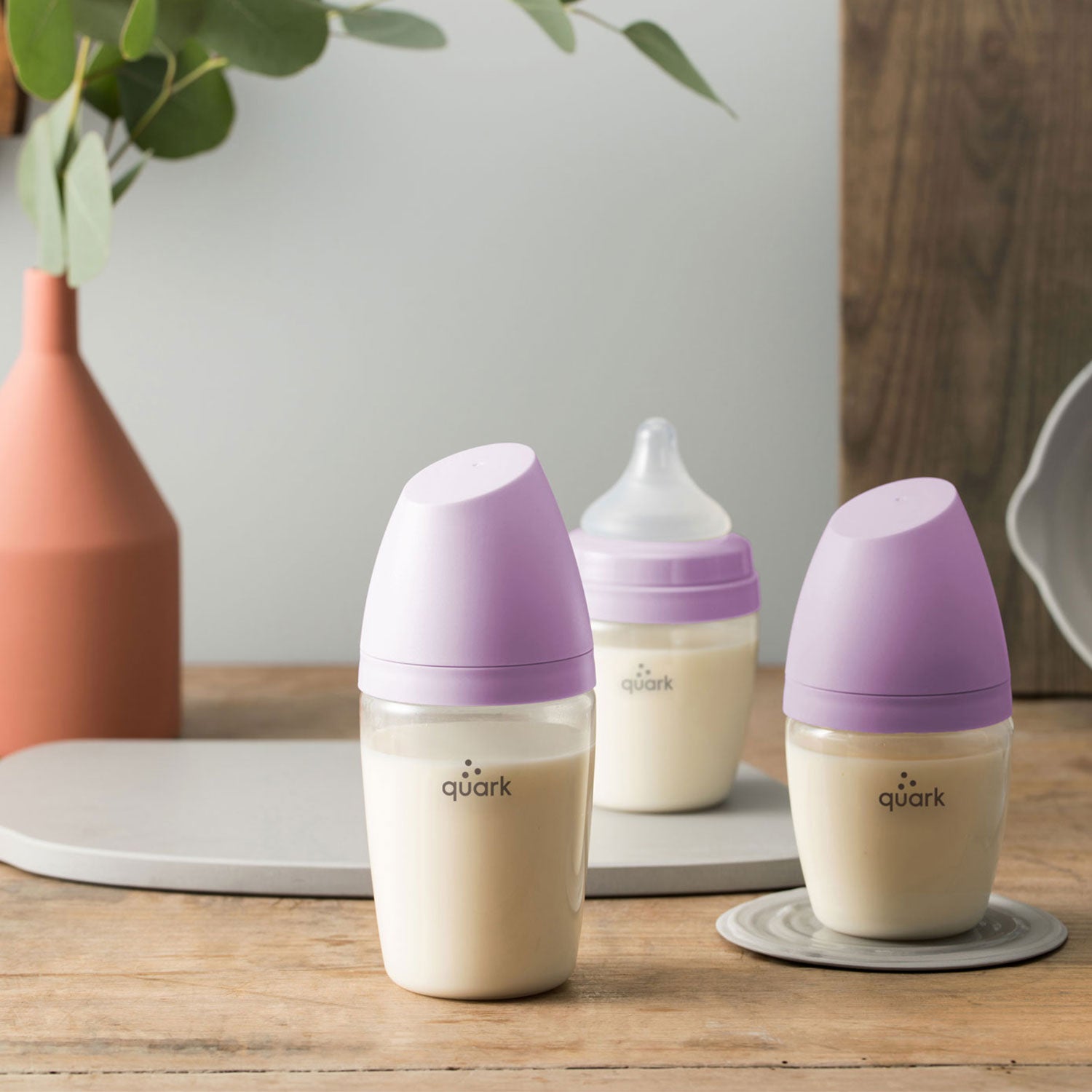
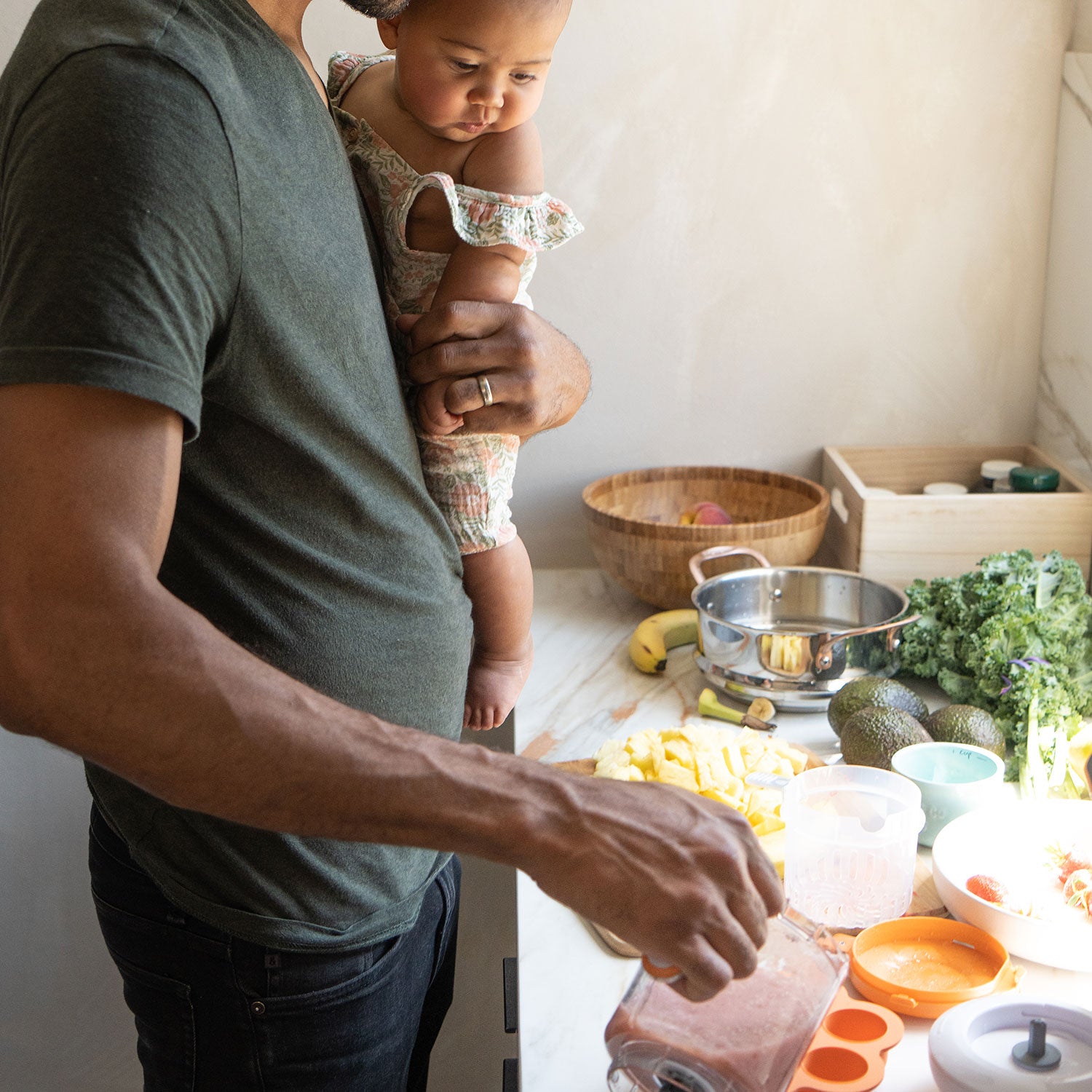

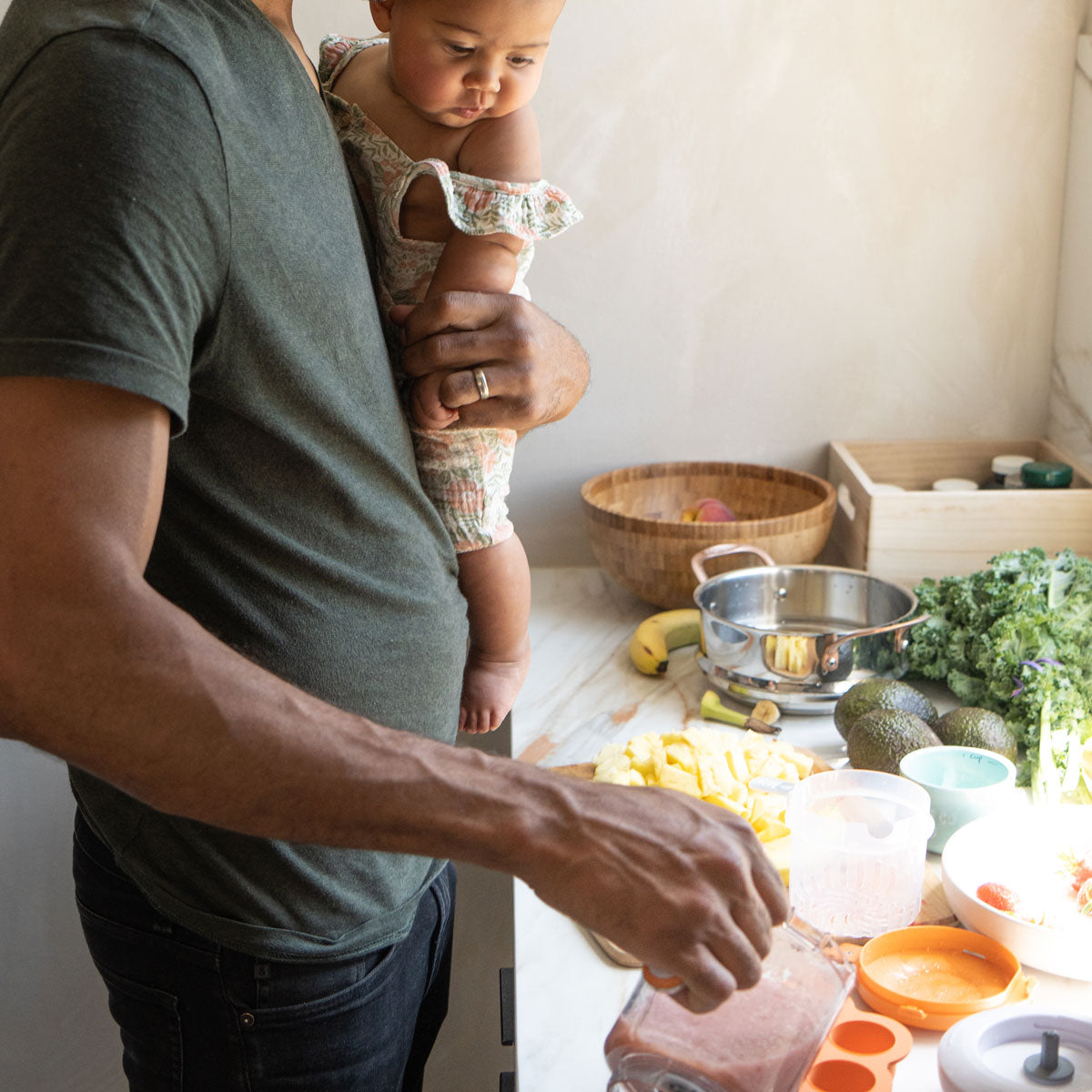

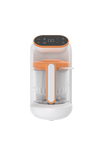
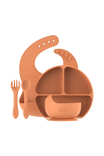
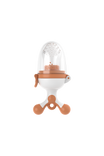
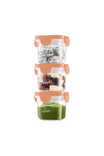
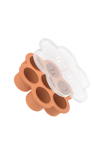
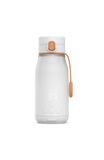
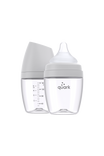
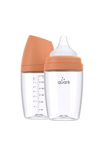
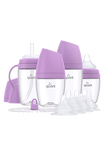
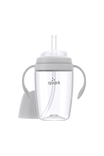
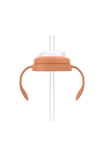
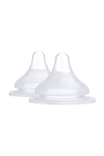
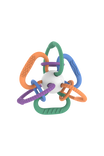
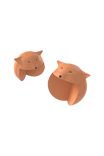



Laisser un commentaire
Tous les commentaires sont modérés avant d'être publiés.
Ce site est protégé par hCaptcha, et la Politique de confidentialité et les Conditions de service de hCaptcha s’appliquent.